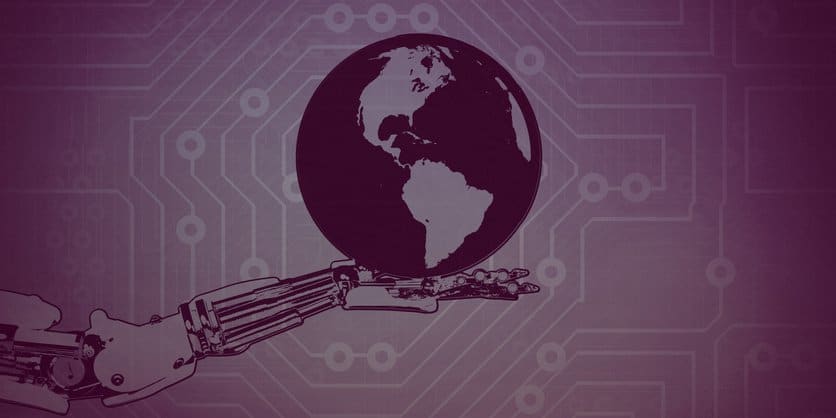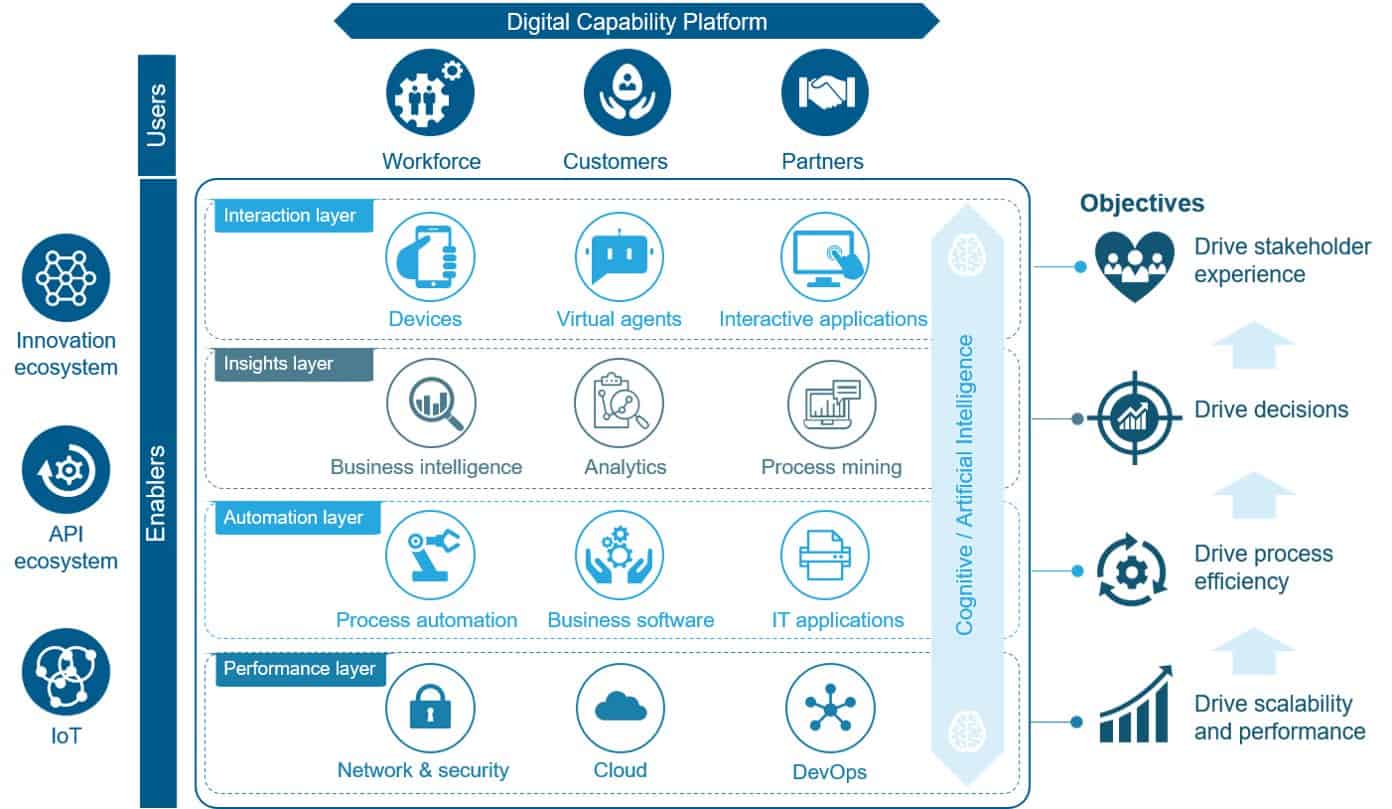Blog
Thanks to RPA, “Integration” is No Longer a Dreaded Word | Blog

Many enterprises that have used Robotic Process Automation (RPA) have seen the power of digital transformation, even if only in a small way through a few automated processes. The transformational value they experience is often a tipping point that whets their appetite for even more automation and deeper levels of application integration. But, this creates a quandary about how to maintain the array of automations. Ultimately, their success depends on the scope of the centers of excellence (COEs) that maintain their automations. Let’s explore further.
Getting the Wheel Spinning – Getting that Old-time Integration Religion
I believe that RPA has helped companies that previously held back from adopting newer technology solutions see the value of a digital mindset. These converts are now finding more opportunities for automation, and greater conviction in moving to digital-first operating models.
In short, something comparatively simple like RPA helps inspire confidence and vision.
The Ironic Corner to Turn – Moving beyond what Initially Made RPA so Enticing
Once this passion is unleashed, organizations come to fully appreciate that RPA is only one tool for automating operations. Many desire to transform their high volume, fast processes, and must confront the reality that surface-level RPA integrations are often not sufficient. The next steps towards more powerful automations often include integration via connectors and APIs.
The following exhibit reflects the diversity of systems which may now need to be integrated in a digital-first operating model world. (Spoiler alert: we’ll be writing a lot more about the Digital Capability Platform in the upcoming months.) And there are many ways to go about creating the needed integrations.

Some enterprises have cast aside the promise of surface-level RPAs, and now use their RPAs more through APIs. This is a bit ironic and worthy of a discussion by itself, but let’s get back to what happens as the types of automations proliferate.
Holding it Together – not Firing and Forgetting
One thing that all integrations – surface, APIs, or connectors – have in common is that they need maintenance. With surface-level RPA, you need to do a lot of robot maintenance when application layouts change. But all integrations, RPA included, require maintenance for other reasons as well. The biggest is the need to resolve data ambiguities, e.g., common customer names (think Jane Smith) with similar account types requesting a temporary address change. Which record should be updated? How can this correctly propagate across all the relevant systems and processes?
This is why a COE should be responsible for all types of automations, whether through surface or other integration methods. By looking across all automations, a COE can not only more accurately maintain the automations, but also identify anomalies and conceive new ways to structure interdependent automations. Of course, adding AI-based tools into the mix adds even more API connections to manage. But AI connections are far from the only ones that will need to be managed; the landscape will become more complicated before it simplifies (yes, I’m trying to be optimistic here.)
I can hear some of you saying that the COE should be an overall digital center of excellence. My answer is a big “no.” Digital is a far broader field that often involves major legacy transformation projects. Automation is clearly a part of digital, but it is operationally focused on the practical realities that come from modernizing processes that still primarily run on legacy systems.
This is a different mindset and a different set of competencies. As a result, it is best to keep a separate automation COE focused on the details of operational processes, while separately working towards the corporate digital objectives in a broader digital office. And that automation COE’s remit should be bigger than just RPA – it must deal with the combination of all types of automations that are enabling the operating processes.